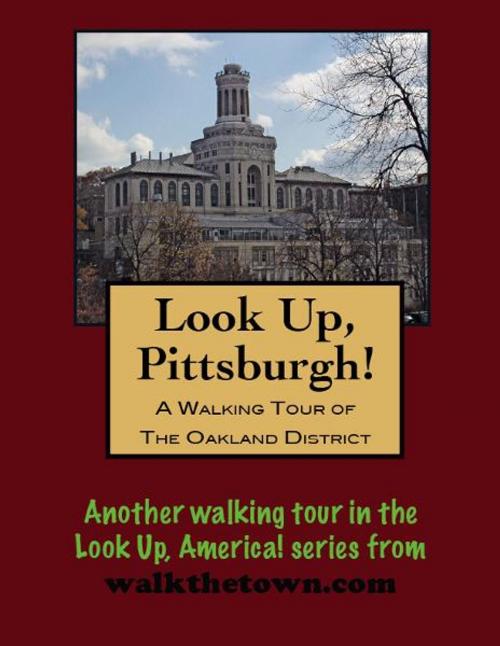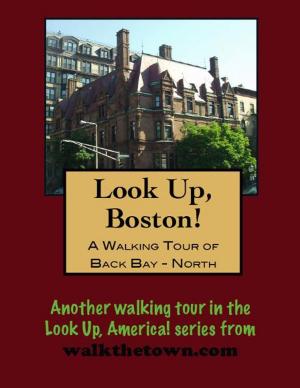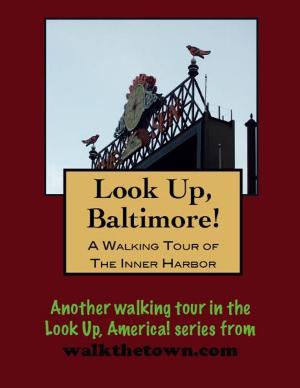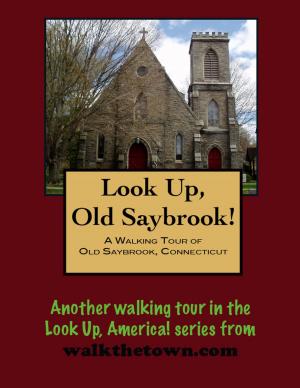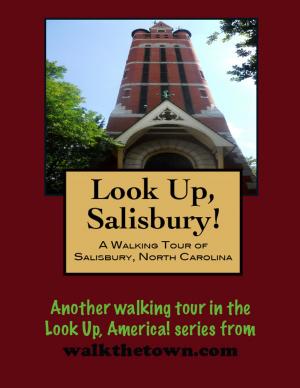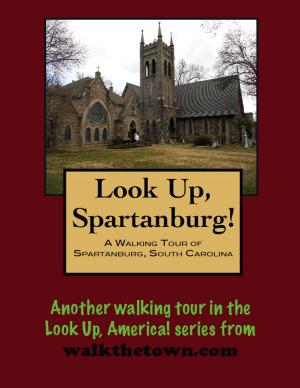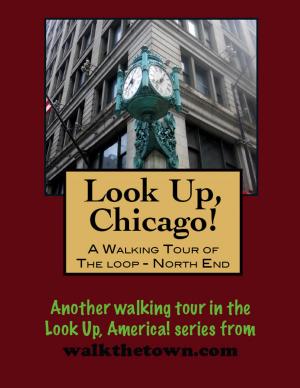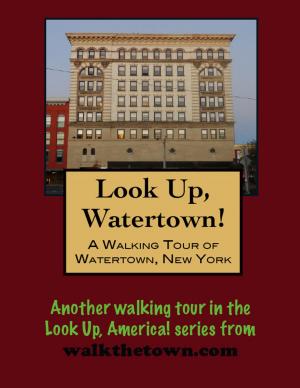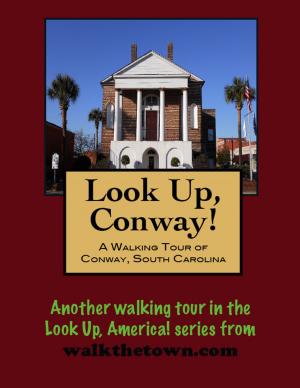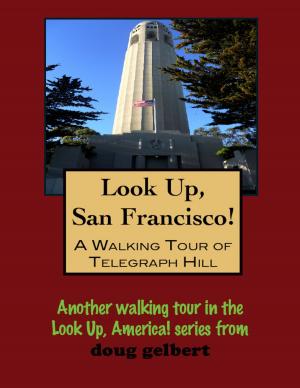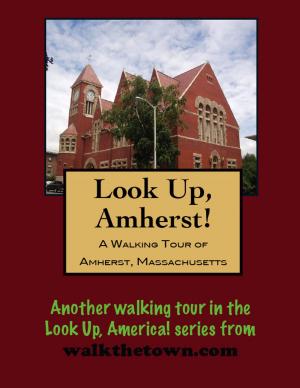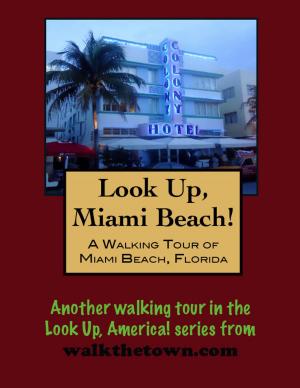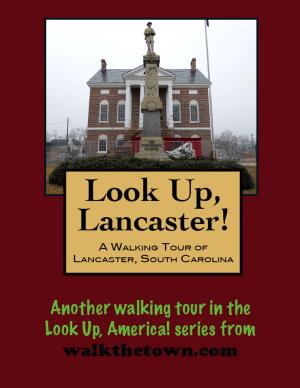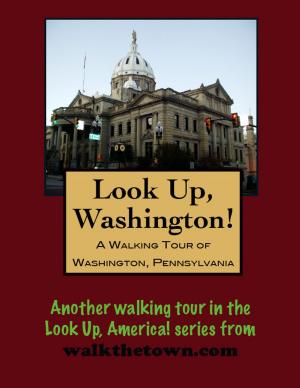| Author: | Doug Gelbert | ISBN: | 9781452323725 |
| Publisher: | Doug Gelbert | Publication: | August 25, 2010 |
| Imprint: | Smashwords Edition | Language: | English |
| Author: | Doug Gelbert |
| ISBN: | 9781452323725 |
| Publisher: | Doug Gelbert |
| Publication: | August 25, 2010 |
| Imprint: | Smashwords Edition |
| Language: | English |
There is no better way to see America than on foot. And there is no better way to appreciate what you are looking at than with a walking tour. Whether you are preparing for a road trip or just out to look at your own town in a new way, a downloadable walking tour from walkthetown.com is ready to explore when you are.
Each walking tour describes historical and architectural landmarks and provides pictures to help out when those pesky street addresses are missing. Every tour also includes a quick primer on identifying architectural styles seen on American streets.
Oakland lays claim to being the third largest “downtown” in Pennsylvania after Center City Philadelphia and Downtown Pittsburgh. It is stuffed with museums, prestigious universities, fabled eateries, live entertainment venues, public art, spiritual centers and a huge quotient of “hipness.”
In 1905, Franklin Nicola, who had purchased land from the estate of Mary Schenley two years earlier, put forth a development plan in the City Beautiful style, then sweeping across America, for Oakland. The City Beautiful movement favored boulevards, parks, and formal civic buildings in the Beaux-Arts style evoking ancient Greece and the Italian Renaissance. Although Nicola’s plan was not fully implemented, including a never-constructed Oakland town hall, it produced several important landmarks. Oakland, is in fact, now home to three historic districts: The Schenley Farms National Historic District, the Oakland Civic Center Historic District and the Oakland Square Historic District.
Other major landmark buildings were added to Oakland after the pursuit of Nicola’s designs had ended, including the landmark Cathedral of Learning and Heinz Memorial Chapel of the University of Pittsburgh and Andrew Carnegie’s contributions to the school he founded and the massive civic project that eventually became the Carnegie Museums and Library.
Our walking tour will travel down the two main thoroughfares that bustle with activity through Oakland, Forbes Avenue and Fifth Avenue, but first we’ll begin in the bucolic open spaces of a great city park that was donated by a girl who ran away to elope when she was just a teenager...
There is no better way to see America than on foot. And there is no better way to appreciate what you are looking at than with a walking tour. Whether you are preparing for a road trip or just out to look at your own town in a new way, a downloadable walking tour from walkthetown.com is ready to explore when you are.
Each walking tour describes historical and architectural landmarks and provides pictures to help out when those pesky street addresses are missing. Every tour also includes a quick primer on identifying architectural styles seen on American streets.
Oakland lays claim to being the third largest “downtown” in Pennsylvania after Center City Philadelphia and Downtown Pittsburgh. It is stuffed with museums, prestigious universities, fabled eateries, live entertainment venues, public art, spiritual centers and a huge quotient of “hipness.”
In 1905, Franklin Nicola, who had purchased land from the estate of Mary Schenley two years earlier, put forth a development plan in the City Beautiful style, then sweeping across America, for Oakland. The City Beautiful movement favored boulevards, parks, and formal civic buildings in the Beaux-Arts style evoking ancient Greece and the Italian Renaissance. Although Nicola’s plan was not fully implemented, including a never-constructed Oakland town hall, it produced several important landmarks. Oakland, is in fact, now home to three historic districts: The Schenley Farms National Historic District, the Oakland Civic Center Historic District and the Oakland Square Historic District.
Other major landmark buildings were added to Oakland after the pursuit of Nicola’s designs had ended, including the landmark Cathedral of Learning and Heinz Memorial Chapel of the University of Pittsburgh and Andrew Carnegie’s contributions to the school he founded and the massive civic project that eventually became the Carnegie Museums and Library.
Our walking tour will travel down the two main thoroughfares that bustle with activity through Oakland, Forbes Avenue and Fifth Avenue, but first we’ll begin in the bucolic open spaces of a great city park that was donated by a girl who ran away to elope when she was just a teenager...
